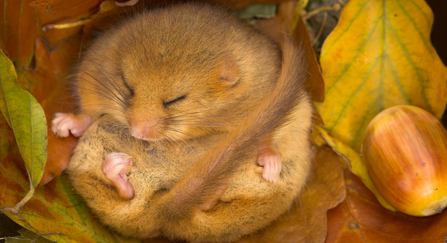Visit to Rush Furlong and Haxey Turbary
Report of visits on Saturday 22 April 2023 by Nigel Bowler
The visit was led by Matt Cox, North West Lincolnshire Warden and expert who has spent the last seven years managing the reserves in this part of the county. We started with a tour of Rush Furlong, a site well known for green-winged orchids. The site had originally been just one acre based on the strip farming that survived in this part of Lincolnshire and over the years, the Trust have acquired other strips of land around it initially to act as a buffer and protect the site but later to allow the meadow habitat to expand. Matt explained that on some of the land it had been necessary to remove hawthorn and willow to restore the more valuable grassland.
In addition to the green-winged orchids which have now spread over much of the site there was a spectacular display of cowslips and Alison managed to find adder’s tongue for us all to enjoy. The most unusual sighting on the first part of the morning was the male emperor moth which we saw at the side of the road.
We then moved on to Haxey Turbary where Matt explained that the site had previously been for the local community to dig peat for fuel. During the tour he pointed out evidence of old workings. The site is well known for royal ferns and the difficulties that they have overcome in propagating and then growing these on was explained. The site is now largely birch woodland and even previously cleared areas have been recolonised. It does make it a good site for warblers. We heard blackcap, chiffchaff and willow warbler. Alison found climbing corydalis a woodland and heath specialist which survives among the bracken which dominates some of the site later in the year. The bonus for us was hearing a curlew calling from a nearby field.
Thank you to Matt for leading and members for attending. Best of all was getting a dry morning after so much wet weather.


